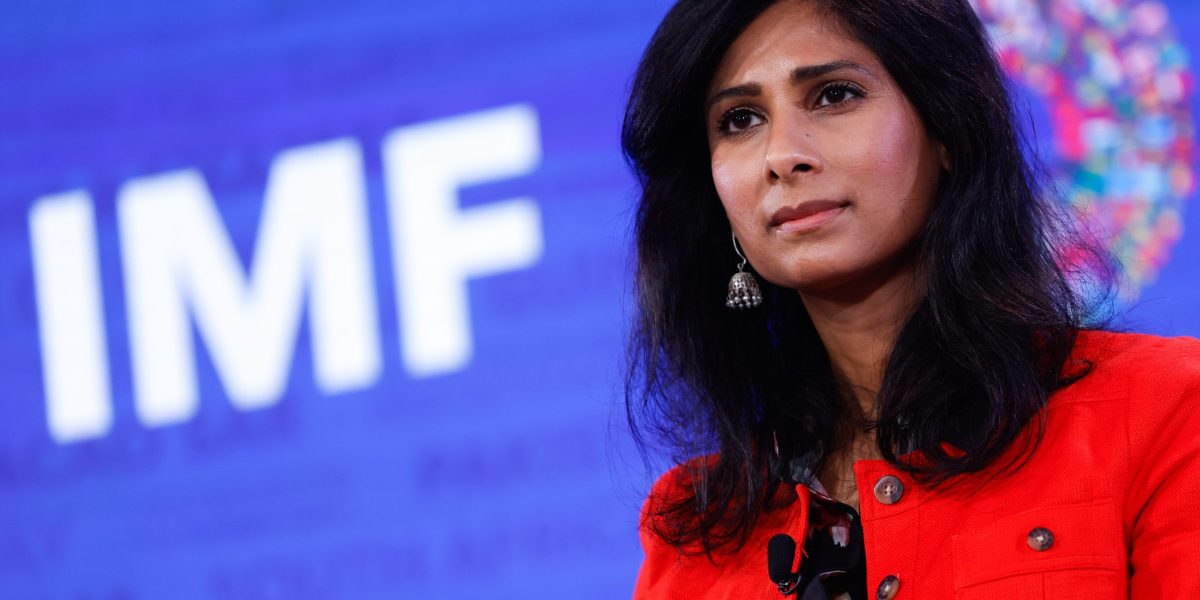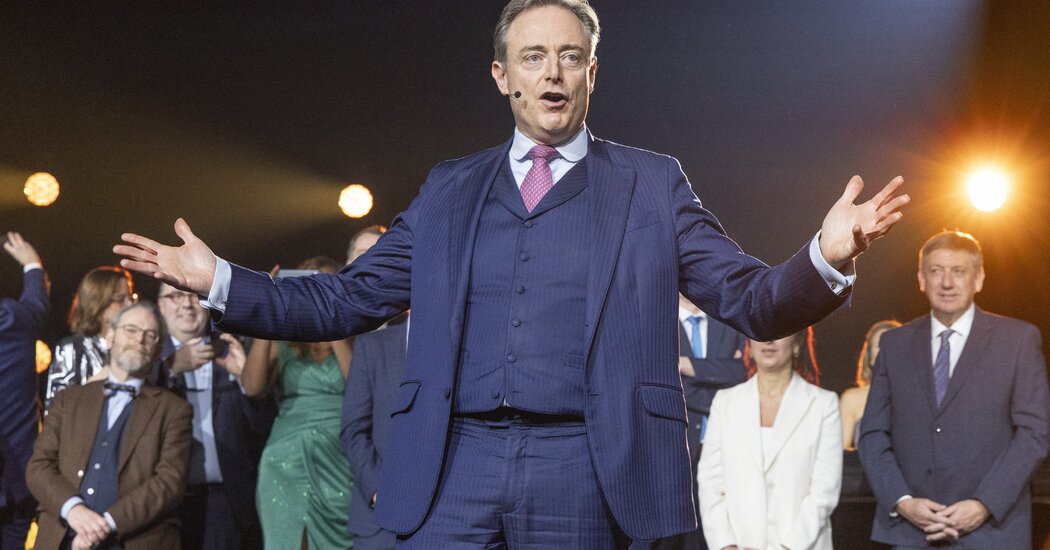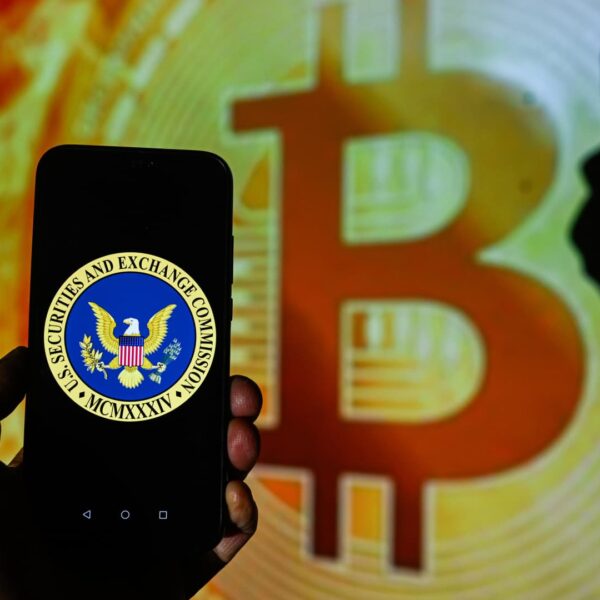

The true disruptive effects of artificial intelligence on the economy and financial markets may not become apparent until there’s a downturn, which could spiral into a full-blown crisis unless the risks of AI are addressed, the IMF’s second-in-command warned recently.
During a speech at an AI summit in Switzerland on May 30, IMF First Deputy Managing Director Gita Gopinath said discussion about AI’s risks has largely focused on privacy, security, and misinformation. But much less talked about is the risk of AI amplifying the next recession.
In a world of widespread AI adoption, the technology could convert an otherwise ordinary downturn into a much deeper economic crisis by disrupting labor markets, financial markets, and supply chains, she said.
AI risks in labor markets
In normal economic times, companies historically have tended to invest in automation but still hold on to workers because they have the profits to do so. But when companies cuts costs in a downturn, workers are laid off and replaced by automation, she explained.
Gopinath pointed to IMF research that shows that in advanced economies, 30% of jobs are at high risk of AI substitution, compared with 20% in emerging markets, and 18% in low-income countries.
“So we have a much broader scale of potential job losses that we could have,” she warned. “And again, the risks of long-term unemployment are quite severe.”
AI risks in financial markets
The financial industry has long embraced automation and earlier forms of AI, such as algorithmic trading, and the sector is adopting newer AI technologies quickly today.
Gopinath noted that some AI trading is being replaced with more complex models that can learn on their own, and forecasts suggest that robo-advisors will control more than $2 trillion in assets by 2028, up from less than $1.5 trillion in 2023.
While AI can improve market efficiency and inclusion, the risks of AI also are more likely to show up in a downturn, she added. That’s because new AI models would perform poorly in novel events that are different from what they were trained on.
“And one thing we know is that no two recessions tend to be the same,” Gopinath said.
In such a scenario, AI could spur a rapid, simultaneous move to safe assets, leading to falling prices on risk assets, she explained.
The AI models would then detect the price declines, view that as affirmation of their earlier moves, then double down with more asset sales. And given the black box nature of AI, such behavior could be difficult to control.
“You could have fire sales and hurting behavior, which lead to even larger collapses in asset prices,” Gopinath said.
AI risks in supply chains
As businesses adopt AI, they could let it play a larger role in deciding how much inventory to hold and how much to produce.
In normal economic times, that could boost efficiency and productivity. But AI models that were trained on “stale data” could produce major errors and lead to a cascade of supply-chain breakdowns, she said.
Ways to mitigate AI’s risks
After laying out the grim scenarios, Gopinath also provided recommendations to mitigate AI’s risks without curtailing the positive side of AI.
One way is to ensure tax policies don’t inefficiently favor automation over workers, though she was careful to note she isn’t proposing a special tax on AI.
Another way is to help workers with education and new skills as well as strengthening the social safety net with more generous jobless benefits.
AI can also be part of the solution, such as in upskilling, targeting assistance better, and flagging early warnings in financial markets, she added.
“I believe there is a real need to have parallel effort to make sure that we’re also AI-proofing the global economy,” Gopinath said.
Her warning comes a year after she said we may not much time to determine how to protect people from AI.
“We need governments, we need institutions and we need policymakers to move quickly on all fronts, in terms of regulation, but also in terms of preparing for probably substantial disruptions in labor markets,” she told the Financial Times.















